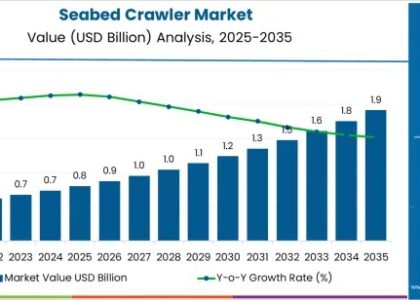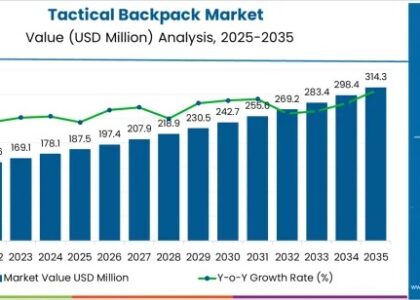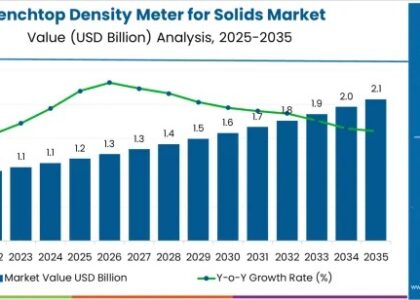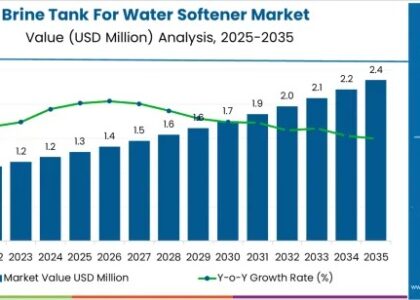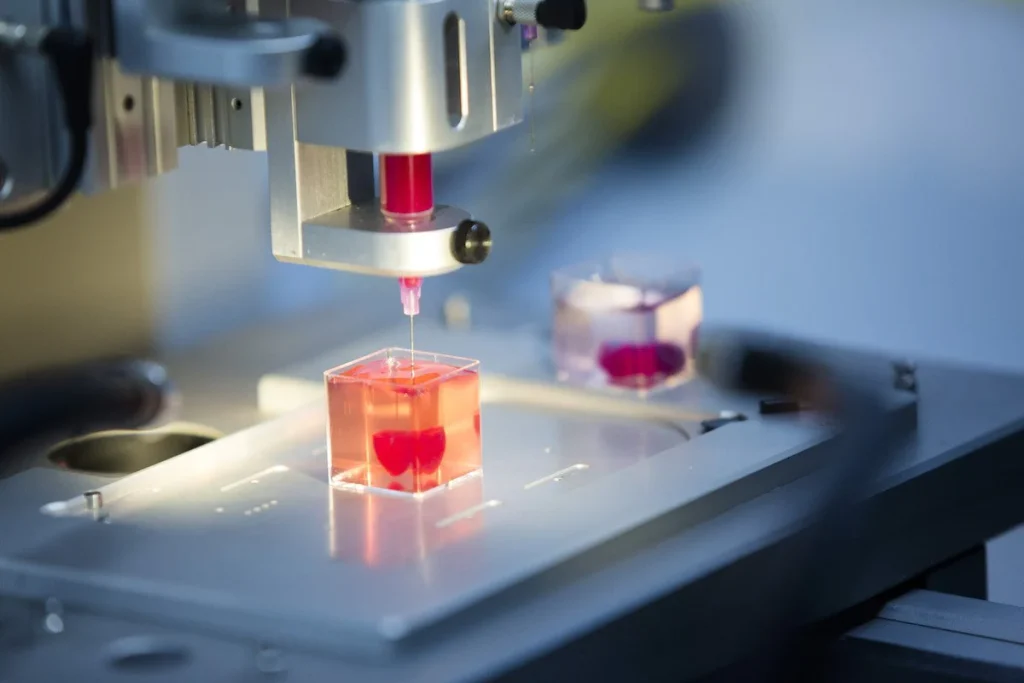 The global 3D bioprinting market is expected to create lucrative growth prospects between 2023 and 2033, with a compound annual growth rate (CAGR) of 12.6%. It is anticipated that the market will be worth US$ 2 billion by 2023. By 2033, the market is projected to be valued US$ 6.5 billion. Historically, the 3D bioprinting market has grown at a rate of 12% CAGR.
The global 3D bioprinting market is expected to create lucrative growth prospects between 2023 and 2033, with a compound annual growth rate (CAGR) of 12.6%. It is anticipated that the market will be worth US$ 2 billion by 2023. By 2033, the market is projected to be valued US$ 6.5 billion. Historically, the 3D bioprinting market has grown at a rate of 12% CAGR.
Owing to the high risk of peripheral vascular disease, diabetes, gangrene cases, and osteoarthritis amongst the geriatric population, we might witness an increase in the adoption of 3D bioprinting. According to the statistics released by World Health Organization, the world is rapidly aging at a fast pace. Between 2000 and 2050, the geriatric population is expected to surge from 11% to 22% worldwide. Manufacturers are working on 3D bioprinting multicellular vascular models over the assessment period.
Get a Sample Copy of the Report:
https://www.futuremarketinsights.com/reports/sample/rep-gb-808
There was significant demand for 3D bioprinting when the world was facing a shortage of skilled medical professionals across the flu period. These were particularly when there was a severe supply chain shortage. Thus, medical professionals were majorly relying on 3D printers and related software.
Furthermore, numerous pharmaceutical companies are utilizing 3D bioprinting technology throughout the drug development process. The rapid adoption of 3D bioprinting enables pharmaceutical companies to test drugs at a lower cost. Moreover, 3D bioprinting allows pharmaceutical companies to test drugs within a few hours in comparison to a conventional method. Besides this, the application of 3D printing medical devices drastically reduces the usage of animals for drug testing.
The favorable regulatory enforcements are anticipated to propel the sales of 3D bioprinting during the assessment period. the FDA in the USA has classified 3D-printed medical devices into Class I, Class II, and Class III devices. The classification of these devices has helped manufacturers to lay emphasis on the system to be manufactured based on the intensity of the disease. Throughout the valuation period, even surgeons might make use of 3D bioprinting technology on a consistent basis. This is attributed to the increasing demand for reconstructive surgery. Consequently, we might get to see the manufacturers focusing on bio 3D printing devices and related devices as a part of their manufacturing strategy.
Key Takeaways
- The 3D cell culture method is an effective alternative to overcome the existing organ donation shortage crisis faced by the world. According to the U.S. Government Information on Organ Donation and Transplantation, more than 113,000 people are on the waiting list as of July 2019. The unavailability of organs for transplant cause the death of 20 patients per day.
- 3D bioprinting can be a significant solution to the organ transplant waiting for crisis so that patients can receive an organ for transplant in time. 3D bioprinting technology has been used in regenerative medicine through printed devices such as 3D printing surgical instruments and prosthetics. Currently, researchers are testing out bio-ink as a way of printing cartilage, bones, and vital organs.
- The ongoing research on regenerative medicine and advancements in tissue engineering are focusing on the regeneration of damaged tissues and organs with the help of 3D bioprinting. A group of scientists from Tel Aviv University developed a fully vascularized heart using 3D bioprinting by using fat tissue cells from a donor. This has led to the development of 3D bio-printed heart tissue. Scientists from Swansea University UK developed a 3D bioprinting process by using regenerative and durable biomaterial.
Unlock Tailored Insights: Customize Your Report for Maximum Impact:
https://www.futuremarketinsights.com/customization-available/rep-gb-808
Competitive Landscape
The key players operating in the 3D bioprinting market are currently strengthening their materials portfolio. This is mainly done by adding new metals to the product portfolio. Apart from that, technological upgradation is also being done by the key players to simplify the processes. 3D Systems, GE Healthcare, ExOne, Electro Optical Systems, Renishaw plc, and others are the top player of the 3D bioprinting market.
More Insights into the 3D bioprinting market
The Asia Pacific region is expected to dominate the global 3D bioprinting market over the assessment period. As per FMI analysis, developing economies like India, China, and Japan are expected to make massive contributions, owing to massive investment in the healthcare sector. Additionally, increasing disposable income is also expected to surge the market share in this region.
China is expected to generate reasonable revenue in the global market since the Chinese government is offering to fund the establishment of a manufacturing facility for the production of biomaterials and studying 3D-printed organs and tissues. In 2015, Materialise NV. opened its first pediatric 3D medical research facility at the Children’s Medical Center, in Shanghai, China. The focus was on pediatric 3D modeling and medical imaging and 3D fabrication.
Key Segmentation:
By Technology:
- Stereolithography
- Selective Laser Sintering
- Electron Beam Melting
- Fused Deposition Modeling
- Laminated Object Manufacturing
- Inkjet Printing
- Multi-phase Jet Solidification
By Application:
- Surgical Simulation and Training Models
- Prosthetic Devices
- Tissue Engineering and Regenerative Medicine
- Orthopedic Implants
- Dental Implants
- Medical Sensors
- Others
By End User:
- Medical Device Manufacturers
- Pharmaceutical Companies
- Research & Academic Institutions
- Contract Research Organizations
By Region:
- North America
- Latin America
- Europe
- East Asia
- South Asia
- Oceania
- MEA
Unlock exclusive insights with our expert analysts:
https://www.futuremarketinsights.com/ask-question/rep-gb-808
Author By:
Sabyasachi Ghosh (Associate Vice President at Future Market Insights, Inc.) holds over 12 years of experience in the Healthcare, Medical Devices, and Pharmaceutical industries. His curious and analytical nature helped him shape his career as a researcher.
Identifying key challenges faced by clients and devising robust, hypothesis-based solutions to empower them with strategic decision-making capabilities come naturally to him. His primary expertise lies in areas such as Market Entry and Expansion Strategy, Feasibility Studies, Competitive Intelligence, and Strategic Transformation.
Holding a degree in Microbiology, Sabyasachi has authored numerous publications and has been cited in journals, including The Journal of mHealth, ITN Online, and Spinal Surgery News.
About Future Market Insights (FMI)
Future Market Insights, Inc. (ESOMAR certified, recipient of the Stevie Award, and a member of the Greater New York Chamber of Commerce) offers profound insights into the driving factors that are boosting demand in the market. FMI stands as the leading global provider of market intelligence, advisory services, consulting, and events for the Packaging, Food and Beverage, Consumer Technology, Healthcare, Industrial, and Chemicals markets. With a vast team of over 5000 analysts worldwide, FMI provides global, regional, and local expertise on diverse domains and industry trends across more than 110 countries.
Contact Us:
Future Market Insights Inc.
Christiana Corporate, 200 Continental Drive,
Suite 401, Newark, Delaware – 19713, USA
T: +1-845-579-5705
For Sales Enquiries: sales@futuremarketinsights.com
Website: https://www.futuremarketinsights.com
LinkedIn| Twitter| Blogs | YouTube


